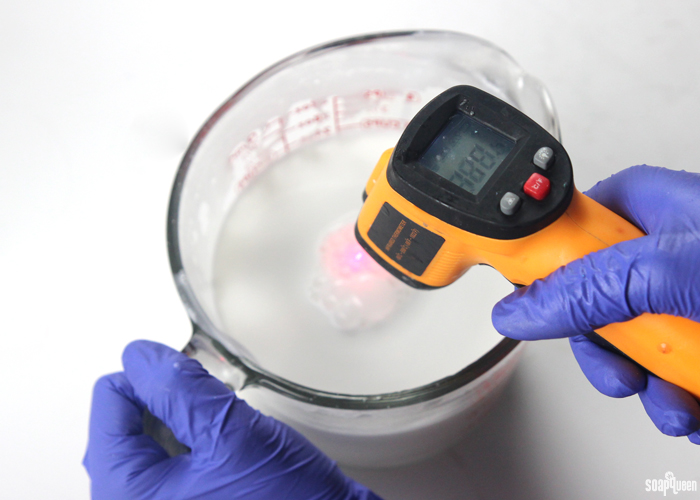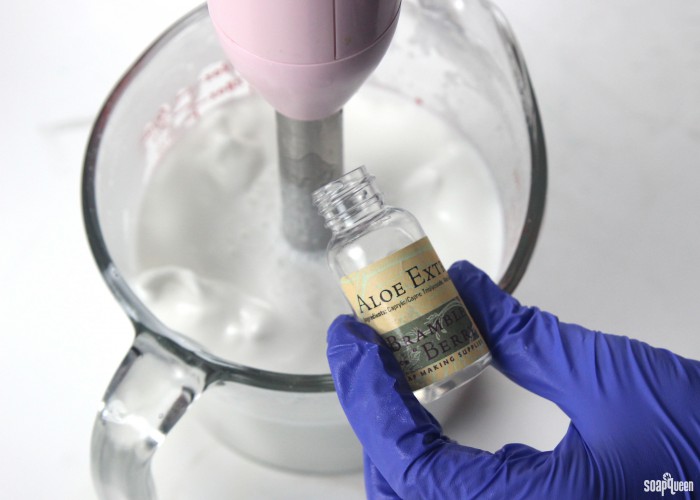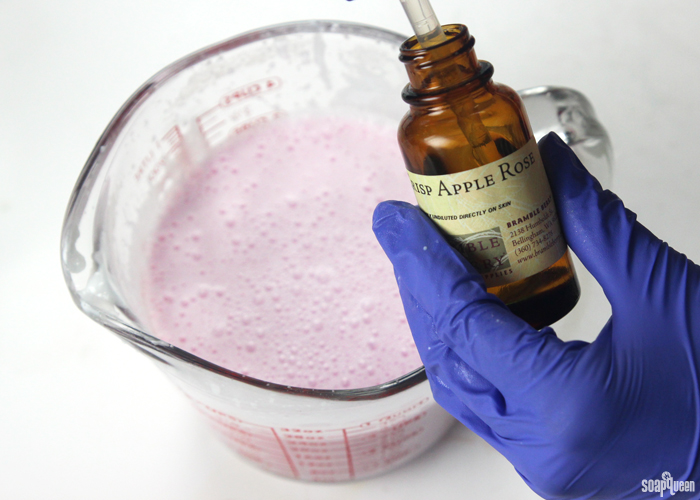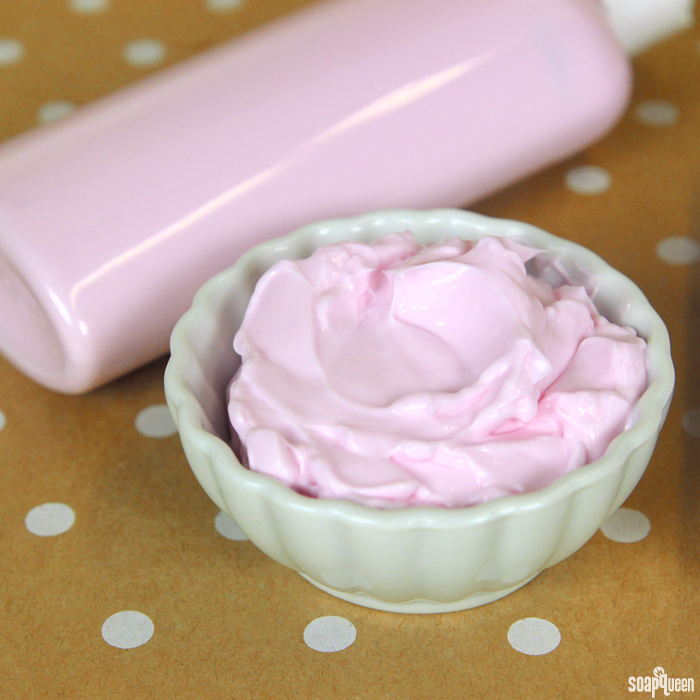If you have ever picked up a bottle of shampoo, you would notice the label suggests using a conditioner as well. Most people use conditioner without knowing what it actually does or how it works.
So, what does conditioner do for your hair, and why is it an essential part of your daily routine? This comprehensive guide will unravel the mysteries of conditioner, delving into its functions, ingredients, and the transformative effects it can have on your hair. Join us on this journey to uncover the secrets of this transformative hair care product and how it can elevate your hair game to new heights.
What is conditioner?
Hair conditioner is a hair care cosmetic product used to improve the feel, texture, appearance and manageability of hair. It typically comes in a creamy or liquid form and contains a combination of ingredients, including moisturizers, oils, proteins, and vitamins. Its main purpose is to reduce friction between strands of hair to allow smoother brushing or combing, which might otherwise cause damage to the scalp.
Conditioner is usually used after the hair has been washed with shampoo. It is applied and worked into the hair and may either be rinsed out a short time later or left in.
What Does Conditioner Do?
It moisturizes and hydrates the hair, combating dryness and leaving it softer and more flexible. By smoothing the hair’s cuticle, it reduces tangles and makes detangling easier, reducing the risk of hair breakage.
“Conditioner helps to smooth the cuticles of your hair, which makes it look and feel softer and more manageable.” – According to Dr. Doris Day, board-certified dermatologist and author of “The Beauty Bible”. Actually, conditioner also enhances manageability, making hair easier to style while shielding it from environmental stressors like UV rays and heat styling. It can strengthen the hair shaft, add shine, reduce frizz, and even help balance the hair’s pH levels, contributing to overall hair health and appearance. Whether for daily use or occasional deep conditioning, conditioner plays a pivotal role in maintaining healthy, vibrant, and manageable hair.
How to Use Conditioner properly
To get the most out of your conditioner, you need to know how to use it properly. Here are some tips:
- Choose the Right Conditioner: There are different types of conditioners, such as moisturizing, volumizing, and color-safe. Choose one that suits your hair type and needs.
- Apply to Wet Hair: Use conditioner after shampooing your hair while it’s still wet. Squeeze out excess water before applying.
- Focus on Ends: Apply conditioner mainly to the ends of your hair, which are more prone to damage and dryness.
- Leave it On: Let the conditioner sit on your hair for at least two minutes before rinsing it off with warm water.
- Rinse Thoroughly: Make sure to rinse off all the conditioner from your hair to avoid buildup.
The general rule of thumb is to leave conditioner in your hair for 1-3 minutes. This is enough time for the conditioner to penetrate the hair shaft and work its magic. However, if you have very dry or damaged hair, you may want to leave the conditioner in for longer, up to 5 minutes.
How to choose conditioner for different hair types
Dry Hair
Conditioners for dry hair should be luxuriously moisturizing, enriched with ingredients such as shea butter, coconut oil, or argan oil. These deeply hydrating components work in harmony to quench thirsty strands, leaving your hair irresistibly soft and incredibly manageable.
Oily Hair
For those with oily hair, opt for lightweight, non-greasy conditioners infused with ingredients like tea tree oil or witch hazel. These elements excel at banishing excess oil without the burden of heaviness, ensuring a fresh and weightless feel.
Fine Hair
Fine hair benefits from conditioners that are both feather-light and volumizing, featuring ingredients such as keratin or biotin. These formulations provide a delightful boost of body and fullness to your delicate strands.
Thick Hair
Pamper your thick locks with moisturizing and detangling conditioners enriched with ingredients like almond oil or avocado oil. These nourishing elements effortlessly soften and untangle your lush tresses.
Curly Hair
Embrace your curls with moisturizing and detangling conditioners infused with the goodness of aloe vera or coconut oil. These ingredients offer much-needed hydration and definition to your curly locks, taming frizz and enhancing manageability.
Damaged Hair
Revive and fortify damaged hair with repairing and strengthening conditioners featuring ingredients like keratin or protein. These potent components work diligently to mend and strengthen your hair, promoting resilience and health.
Tips for smooth hair with conditioner
- Use a Leave-in Conditioner: If you have extremely dry or damaged hair, using a leave-in conditioner can provide extra moisture and protection throughout the day.
- Don’t Overdo it: Using too much conditioner can weigh down your hair and make it look greasy. Follow the instructions on the bottle and adjust the amount based on your hair length and thickness.
- Experiment with Different Brands: Not all conditioners are created equal, so it’s okay to try different brands until you find one that works best for you.
- Avoid Heat Styling: Heat styling tools such as curling irons and straighteners can damage your hair and reduce the effectiveness of your conditioner. Use them sparingly or avoid them altogether.
FAQs
- Can I use conditioner without shampooing first? Yes, you can use a conditioner without shampooing your hair first. However, it may not be as effective in removing dirt and oil from your hair, so it’s best to use it after shampooing.
- How often should I use conditioner? It depends on your hair type and needs. If you have dry or damaged hair, using conditioner every time you wash your hair can help restore moisture and prevent breakage. If you have oily hair, you may only need to use it once or twice a week.
- Can I leave conditioner on for too long? Leaving the conditioner on for longer than the recommended time can cause buildup and make your hair look greasy. It’s best to follow the instructions on the bottle and rinse it off after a couple of minutes.
- Is it okay to use conditioner on scalp? While conditioner is designed to moisturize and detangle the ends of your hair, it’s not necessary to apply it to your scalp. In fact, using too much conditioner on your scalp can cause buildup and make your hair look greasy.
- Can men use conditioner? Yes, men can and should use conditioner as part of their hair care routine. It can help improve the texture and appearance of their hair, making it easier to manage and style.
Final Takeaway
Conditioner is an essential hair care product that helps to restore moisture, improve manageability, and reduce breakage and frizz. By following the tips and advice in this article, you can get the most out of your conditioner and maintain healthy-looking hair. So, next time you pick up a bottle of conditioner, you will know exactly what it does and how to use it effectively.













